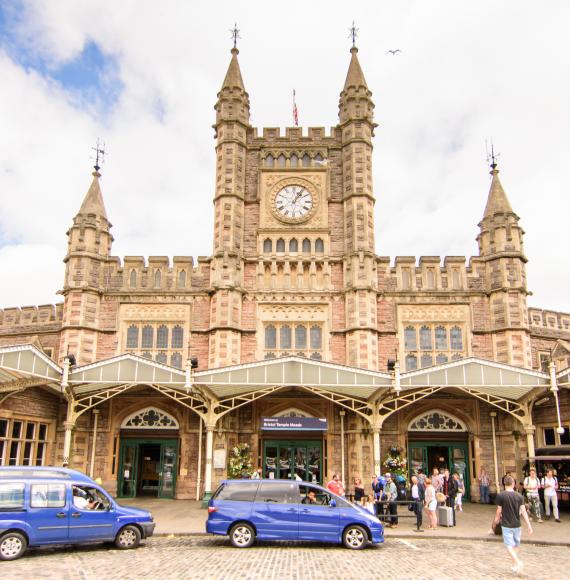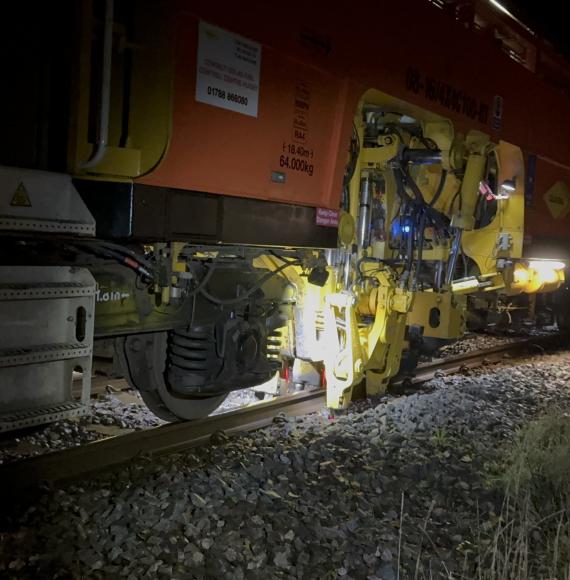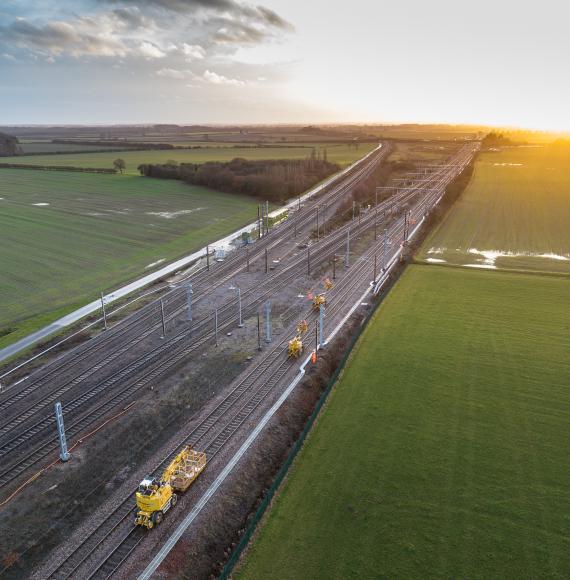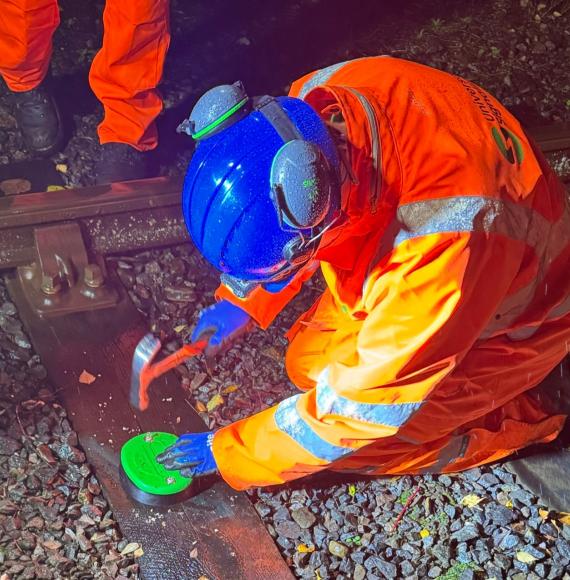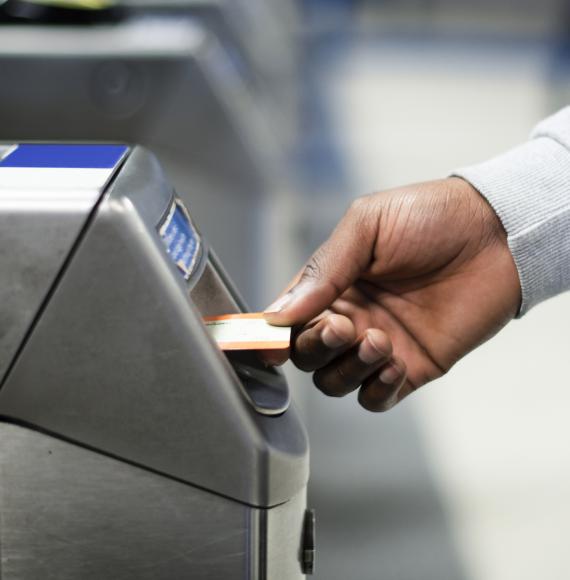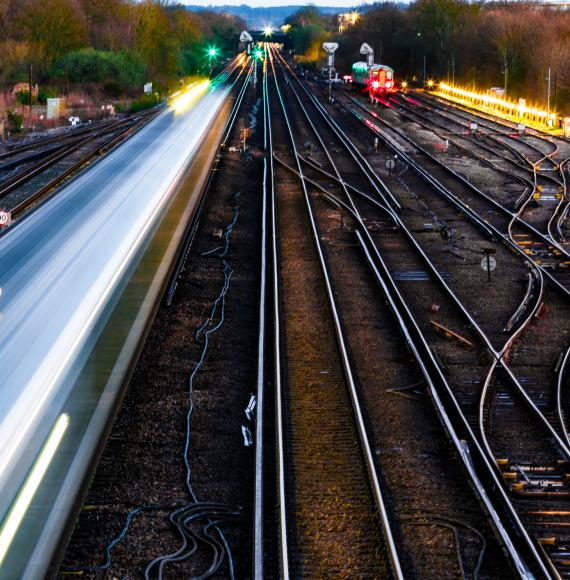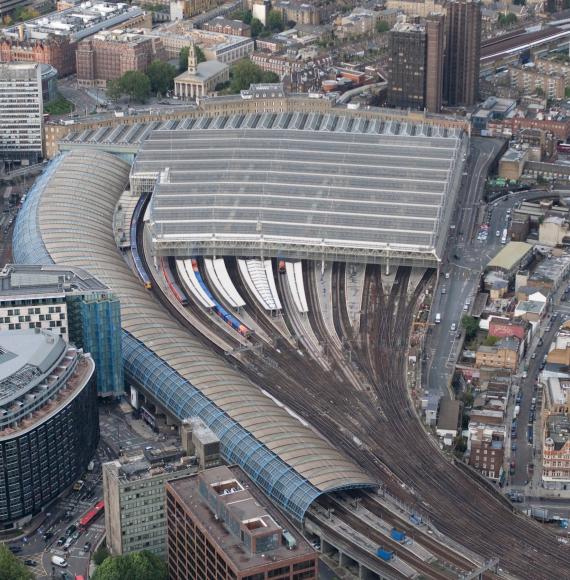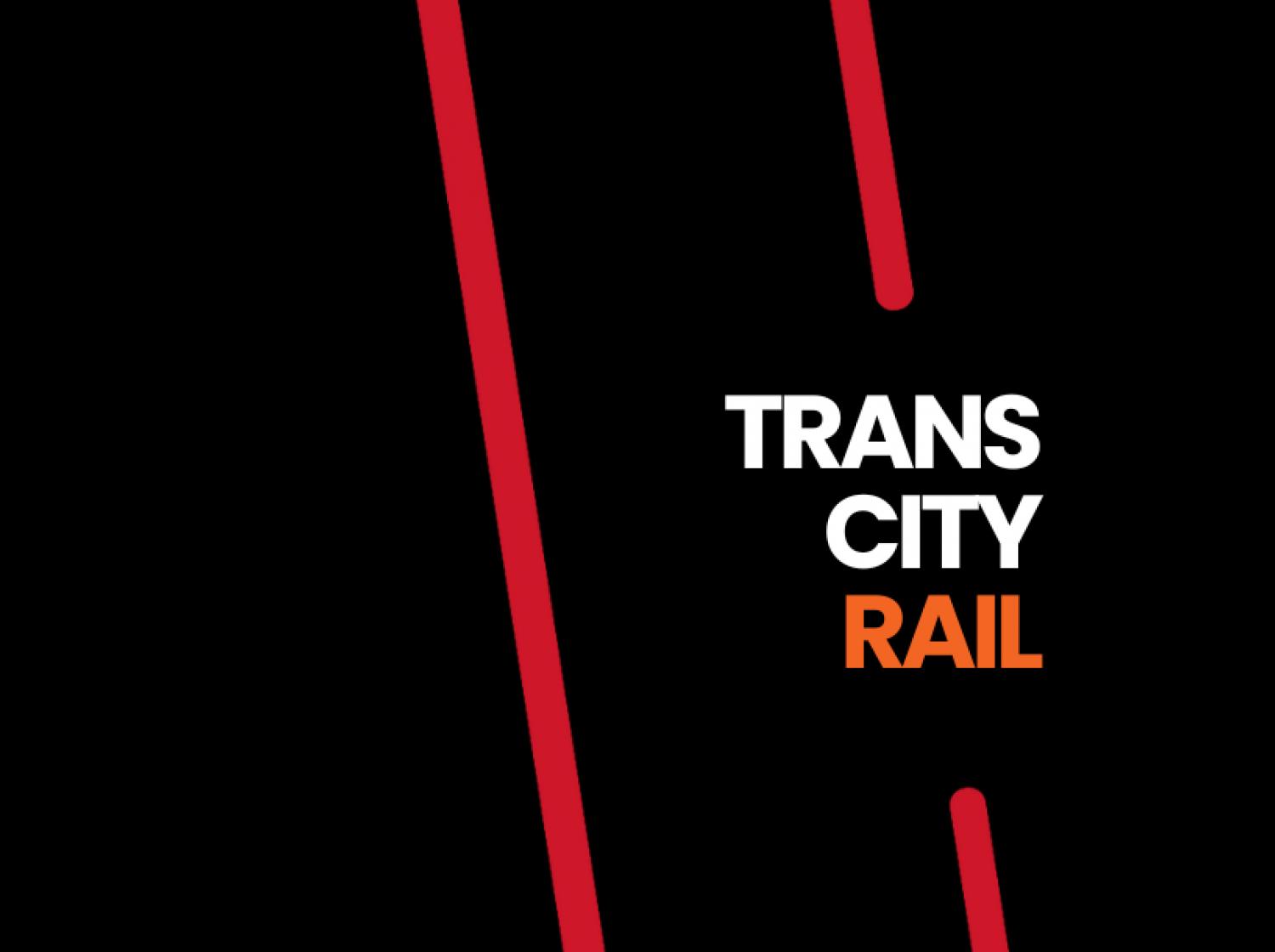London St. Pancras Highspeed and Eurostar have today signed a letter of intent, marking their joint ambition to take significant steps to expand the capacity at St. Pancras International. The project aims to futureproof one of Europe’s busiest international rail hubs and support growing demand for sustainable cross-border travel.
The announcement follows an independent study commissioned in late 2024 to explore how the station could evolve to meet the volume of future passengers and enhance the customer experience.
Leading architecture practice Hawkins\Brown has been appointed to undertake and deliver a detailed design and feasibility study. This will allow the businesses to assess how the station can be reimagined to accommodate more passengers and operate more efficiently.
The letter of intent between London St. Pancras Highspeed and Eurostar agrees collaboration on the following three phases:
- Phase One: Review short term improvements within the current footprint, including optimising the security and border crossing processes to deliver an uplift of 2,700 passengers per hour in the next three to four years.
- Phase Two: Improving the international area and its connection to the main concourse, helping the passenger flow and customer experience. Completion is expected by 2028.
- Phase Three: In the 2030’s, a further exploration of long-term opportunities to drive growth and further enhance capacity will take place. This will look at potentially relocating the arrivals flow upstairs.
Hawkins\Brown known for its work on Stratford International and other major transport and heritage projects, has been contracted to design and deliver a reimagined ground floor layout for the international zone to more than double the station’s current capacity. Capacity operational in 2024 was 1800 travellers per hour, this has already grown to 2,000 per hour with the projection to be nearly 5000 an hour following phase 2.
This will be achieved through smart design by remodelling and redefining the existing space and processes, carefully respecting the heritage of St Pancras without the need for major structural changes.
The plans come as demand for sustainable travel to Europe continues to rise. Research commissioned by London St. Pancras Highspeed earlier this year found demand is set to triple by 2040, increasing from 11 million to 35 million passengers per year. Eurostar recently announced plans to expand its destinations from London to include Geneva and Frankfurt as travellers seek to travel further than ever by high-speed rail.

Richard Thorp, Chief Operating Officer at London St. Pancras Highspeed, said: “We’re delighted to be working with Eurostar to expand capacity at St. Pancras International. With growing passenger demand for international train travel, it is important that St. Pancras I nternational station is future-proofed and optimised to accommodate this.
“With a shared ambition and collaborative approach, we can ensure our iconic station is ready to support this demand, and we’re looking forward to getting started on a new era of connectivity between London and Europe.”
Simon Lejeune, Chief Safety and Stations Officer at Eurostar, said: “We’re proud to be working with London St. Pancras Highspeed and Hawkins\Brown to reimagine our space for the future and offer an even better customer experience. Eurostar is the green gateway to Europe, already welcoming up to 45,000 customers a day at St Pancras with demand growing. As we plan to expand our fleet from the early 2030s and increase services to France, Belgium, the Netherlands, and now Germany and Switzerland, this project will play a vital role in enabling that growth and continuing our seamless and unique customer experience.”
Andrew Davies, Partner & Transport & Infrastructure lead at Hawkins\Brown said: “We are very excited to be leading a hand-picked multi-disciplinary team to unlock this constrained site and enable millions of people to enjoy affordable, high-speed, and sustainable journeys to and from Europe. Our challenge is to create a welcoming new landmark for London, with minimal disruption to the travelling public in the process.”
The concept design and feasibility study is due to be finished towards the end of 2025, when formal design and construction plans are to be developed. Predicted completion date for phase two is by the end of 2028.
Image credit: Lexcomm



